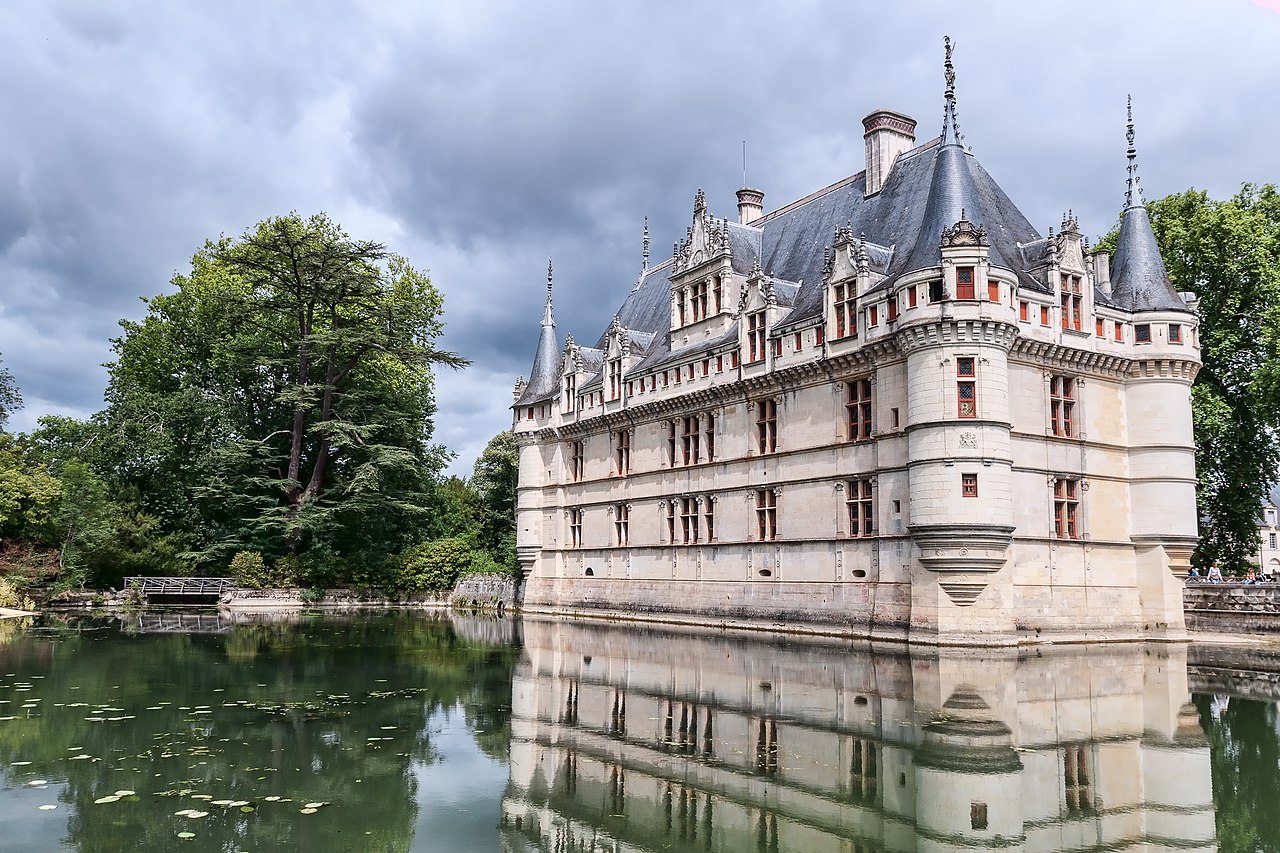Architecture of 16th Century Castles
The 16th century marks a period of profound change in the architecture of castles in France, marked by the growing influence of the Renaissance. This era, synonymous with luxury and elegance, is characterized by an evolution of styles, techniques and construction materials. Castles no longer served only as fortresses, but also became sumptuous residences where comfort and aesthetics took precedence over military necessities. This article explores the characteristics of the architecture of 16th century castles, their historical context, and presents some emblematic examples.
Historical Context
The 16th century was a pivotal period for France, marked by political upheavals, religious wars and unprecedented cultural influence. The Renaissance, which emerged in Italy, quickly spread to France and influenced art, literature and, of course, architecture. The kings of France, particularly Francis I, encouraged the construction of spectacular castles that reflected their power and wealth. These new constructions were intended to impress the nobles and serve as gathering places for the court.
During this period, French architects began to incorporate elements of Italian style, including classical motifs, harmonious proportions, and elaborate ornamentation. This mixture of styles gives rise to a rich and varied architecture, which testifies to the opulence of the period.
Architectural Features
The 16th century castles are distinguished by several characteristics which reflect the cultural and technical developments of this period:
1. Renaissance influence:
Classical elements, such as columns, pediments and pilasters, become common. The facades are often decorated with sculptures and reliefs, adding an aesthetic dimension to the building. Symmetry and harmony of proportions are also characteristic features of this period.
2. Mullioned Windows:
The windows, often larger than those of previous centuries, have stone mullions. These windows help illuminate the interiors and offer beautiful views of the surrounding gardens. They also add a decorative aspect to the facade.
3. French gardens:
16th century castles are often accompanied by French gardens, designed according to geometric principles. These gardens are carefully maintained and include flower beds, paths and fountains. They reflect the harmony between architecture and nature.
4. Luxurious Interiors:
The interior spaces are furnished with great attention to detail. The reception rooms are often decorated with tapestries, carved woodwork and monumental fireplaces. Murals and coffered ceilings add to the elegance of the interiors.
5. Building Materials:
The 16th century saw the use of various materials, including dressed stone, brick and wood. Castles are often built with local stone, giving them a specific color and texture.
Examples of 16th Century Castles
Several emblematic castles in France perfectly illustrate the architecture of this era. Among them:
Château de Chambord:
Probably the most famous example of Renaissance architecture in France, Château de Chambord, built from 1519, features a mix of Gothic and Renaissance styles. With its numerous turrets, its double helix staircases and its richly decorated facades, Chambord is a true masterpiece. Francis I wanted this castle as a symbol of his power and his taste for art.
Château de Chenonceau:
Built at the end of the 16th century, the Château de Chenonceau is often nicknamed the “ladies’ castle” because of the many influential women who have marked its history. With its elegant architecture and location on the Cher River, it combines Gothic and Renaissance elements, offering a unique beauty. The French gardens that surround it add to its charm.
Château de Blois:
The Château de Blois features eclectic architecture that reflects the different styles over the centuries. The most famous part, the main building built by Francis I, is a remarkable example of the transition between the Gothic and the Renaissance. The ornate facades and richly decorated interiors bear witness to the opulence of the era.
Château de Amboise:
The Château d'Amboise is another iconic example of Renaissance architecture. It offers stunning views of the Loire and features Gothic and Renaissance elements. This castle has also been a place of residence for several French kings and is associated with Leonardo da Vinci, who is buried there.
Influence and Legacy
The architecture of 16th century castles had a lasting impact on French architecture. Renaissance style elements continue to influence later construction, and formal gardens became a standard for aristocratic properties. These castles, some of which are now listed as UNESCO World Heritage Sites, attract millions of visitors each year and are symbols of French history and culture.
The beauty and ingenuity of the architecture of this era continues to fascinate history and architecture enthusiasts, making these castles priceless treasures to explore.
The architecture of 16th century castles represents a period of change and renewal. Characterized by the influence of the Renaissance, the castles of this era combine functionality, aesthetics and comfort. These constructions reflect the wealth and power of the French nobility and remain emblematic witnesses of the cultural history of the country.


